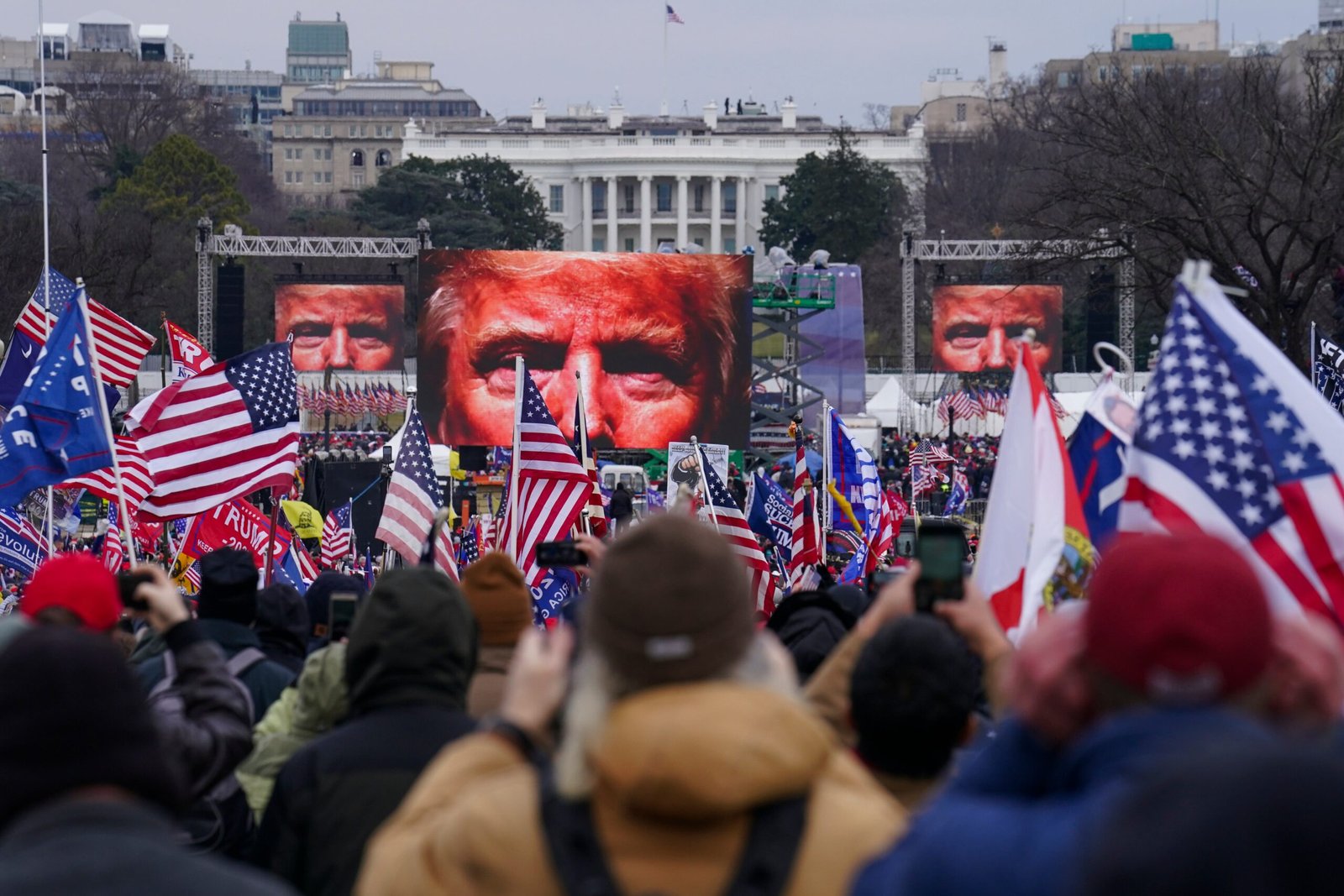
Fractured States of America: How California’s Rebellion Signals the End of Federal Unity
“The map says we are one country. The laws say otherwise.” — Constitutional law professor, UC Irvine, 2025

Introduction: A Federation in Name Only
On paper, the United States remains a union of 50 states, bound by a Constitution written in the 18th century and patched with amendments ever since. But in practice — economically, politically, judicially — the fracture is already underway.
In 2025, the state of California has refused to implement key federal mandates on immigration, data sharing, and protest control. In response, governors of Texas and Florida have passed countermeasures limiting trade and cooperation with California.
This is not partisan tension. This is structural divergence. And it raises a question too large to ignore:
Can the United States still function as a coherent federation?
I. The Collapse of Vertical Authority
The American system was designed to balance:
- Local sovereignty
- National coordination
- Judicial arbitration
But when:
- State courts contradict federal rulings
- Governors refuse to enforce federal law
- And Congress is gridlocked beyond repair
The idea of “united governance” becomes fiction.
In California 2025, we see:
- Immigration policies in open conflict with ICE operations
- Public schools defying federal education standards
- State officials preparing emergency legislation to bypass federal judges
This isn’t revolution. It’s institutional mutation under duress.
II. Asymmetric Federalism in Practice
Not all states are diverging equally.
Some — like New York, Oregon, and Illinois — are informally aligned with California’s vision of federal non-compliance. Others — like Texas, Florida, and Missouri — are reinforcing centralized federal power under right-wing terms.
This leads to functional continental blocs, where:
- Policy, law, and civic identity diverge
- Economic cooperation becomes selective
- Public health, education, and policing follow different models
The result is not civil war. It’s a continental archipelago of ideologically bound jurisdictions.
Think Europe, but without the treaties.
III. Three Scenarios for Disunion
- Cold Fragmentation
A slow erosion of coordination, where states drift into ideological spheres. No formal secession, but no functional unity either. - Administrative Bifurcation
States begin bypassing federal structures entirely: creating their own visa rules, economic compacts, and security protocols. - Crisis-Triggered Disjunction
A catalyzing event — natural disaster, financial crash, violent crackdown — triggers a rapid legal break, possibly followed by state referendums.
Each of these scenarios is already partially visible in California.
IV. Why the Constitution Can’t Save Us
The U.S. Constitution is revered, but it was never built to handle:
- Fifty heterogeneous states
- Instantaneous digital mobilization
- Climate collapse
- Mass disinformation
- Weaponized partisanship
Worse still, it offers no clear path for restructuring the Union outside of war or revolution.
California’s rebellion is not illegal. It is post-constitutional — operating outside the bounds of what the Constitution ever anticipated.
And there is no process for reconciliation because there is no shared vision left to return to.
V. Toward a Continental Future
Rather than resisting this fragmentation, scholars and policymakers should begin preparing for a continental model of governance:
- Cross-state compacts
- Regional parliaments
- Distributed sovereignty
- Coordinated but differentiated citizenship models
California is already exploring this through:
- Trade alliances with Canada and Mexico
- Independent carbon markets
- State-level immigration visas for climate-displaced persons
The future is not one nation. It may be a network of former states.
Conclusion: The Union Without Unity
The flag remains. The anthem still plays. The elections still occur.
But the Union is becoming a symbol, not a system.
California’s rebellion may be the first public rupture, but it is far from the last.
And as long as ideology overrides law, and identity overrides coordination, the map will lie.
Because this is no longer one country.
It is a shared mythology with increasingly separate governments.
For a comprehensive breakdown of federal collapse, state resistance, and the future of the United States as a continental structure, read California on Fire — a 100-page expert analysis of rebellion, immigration, climate crisis, and institutional unraveling.

